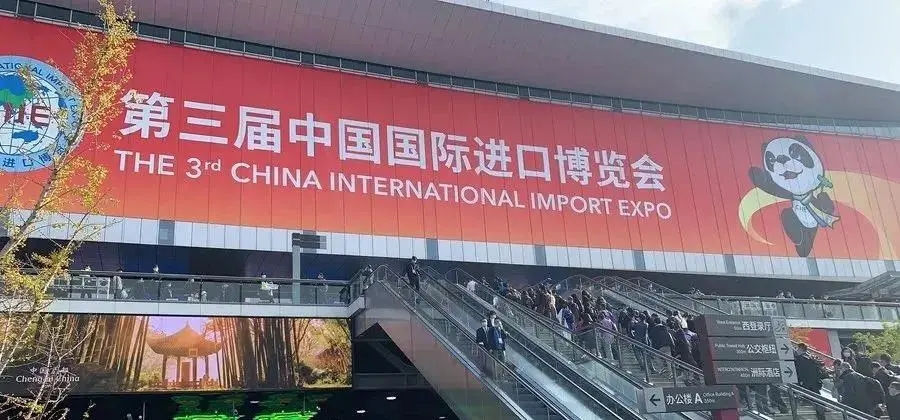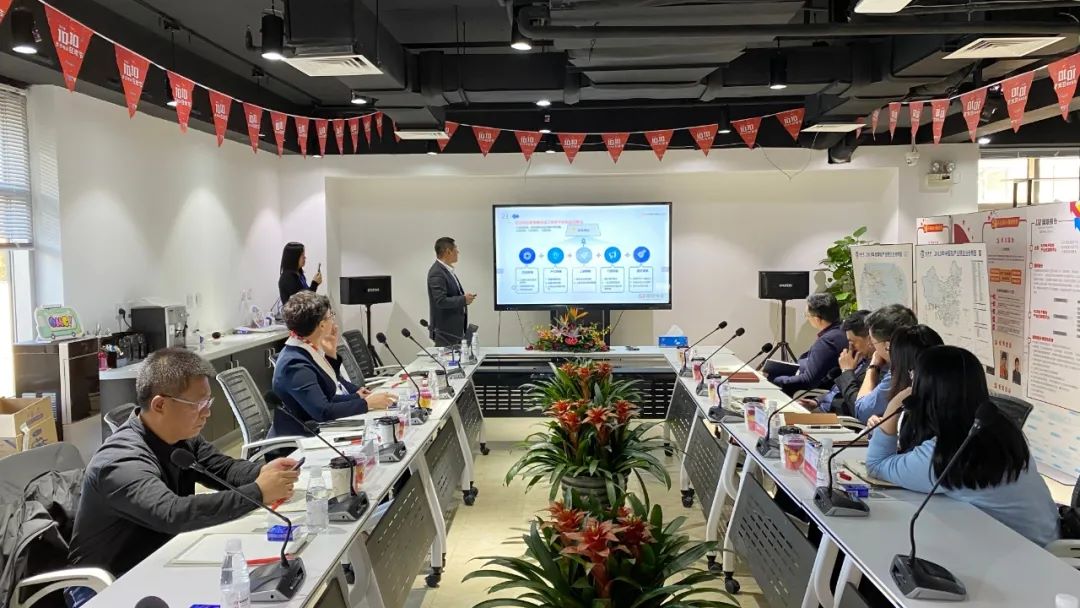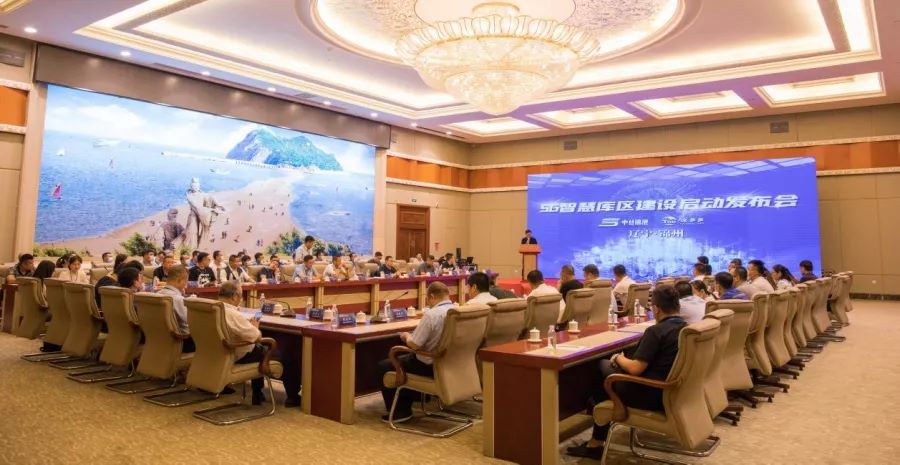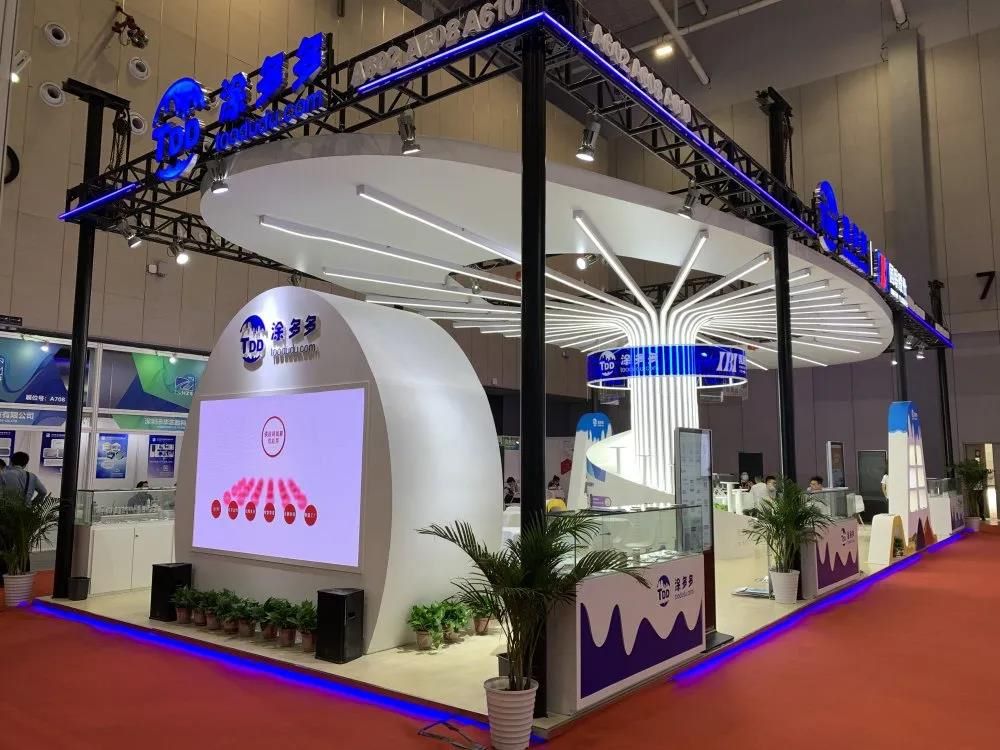The US is imposing sanctions on shipping, making tire exports even worse
When the "US$1.5 million single berthing fee" was raised on the global shipping map, Chinese tire companies collectively took a deep breath. This new port policy, which the American business community called "trade doomsday", is like a sword of Damocles hanging over ocean-going cargo ships, pushing the last lifeline of China's tire exports, the international shipping channel, to the brink of an unprecedented crisis. This trade encirclement and suppression war that began with the tire special protection case and lasted for 15 years is evolving into an all-round and three-dimensional industrial stranglehold.

Trade barriers escalated: from tariff sword to shipping shackles
Since the "Tire Special Protection Case" in 2009, the US trade suppression of Chinese tires has formed an institutionalized encirclement and suppression chain. From the initial 55% punitive tariff to the launch of the "double anti-dumping" sunset review of truck tires in 2023, China's tire exports have fallen from 20% of the US market in 2014 to 7.6% in 2022. Now, the United States has turned its attack to the shipping sector, trying to cut off the ocean lifeline of Chinese tire companies by imposing a maximum of $1.5 million in docking fees per ship.
This three-dimensional attack strategy is extremely lethal: according to Clarksons, port fees alone will devour 20%-30% of the export profits of tire companies. If the existing average anti-dumping tariff of 26.36% is added, the price advantage of Chinese tires in the US market will disappear. What's more fatal is that the new shipping policy may trigger a chain reaction - in order to avoid risks, US port operators may limit the frequency of Chinese ships' berthing, resulting in longer delivery cycles and lower inventory turnover efficiency, forming a full-chain suppression from the manufacturing end to the circulation end.
The way out: Building a stress-resistant industrial ecology
The current crisis has forced the Chinese tire industry to accelerate the construction of a "four-dimensional defense system": in terms of geopolitical layout, the third phase of Linglong Tire's Thailand base has been put into production, with an annual production capacity of more than 22 million; after the completion of Sailun's Mexican factory, it will become a key node in the "nearshore supply chain" of the North American market. Channel innovation is also critical. Through online platforms and real-time tire pressure monitoring systems, end users are bound to form irreplaceable service stickiness.
This trade game that has lasted for fifteen years reveals the cruel truth: when unilateral tariffs are upgraded to systemic suppression, any single response strategy is difficult to work. China's tire industry needs to establish a quadruple moat of "capacity globalization + technology generation difference + channel localization + service ecology". Just as the liquid gold tire breaks through the physical performance limit, China's manufacturing needs to break through the siege of trade protection and forge irreplaceable industrial competitiveness in the tide of anti-globalization.
When the cargo ship on the Pacific Ocean sounded the whistle, the deck was filled with not only black rubber products, but also the era proposition of China's manufacturing breakthrough and upgrading. This industrial offensive and defensive battle across land, sea and air will eventually give birth to a truly globally dominant tire giant in the tempering.
- Analysis of international rubber price trends on April 1, 2025: Structural shocks under the game of supply and demand602
- Revealing the "invisible killer" of tires, a tire blowout may occur if you are not careful!704
- Expansion and suspension of production at the same time: U.S. production capacity is like heaven and hell700
- The large tire factory has officially started operations and deliveries have begun!698
- Do you like this hard cargo tire from Pirelli?872









